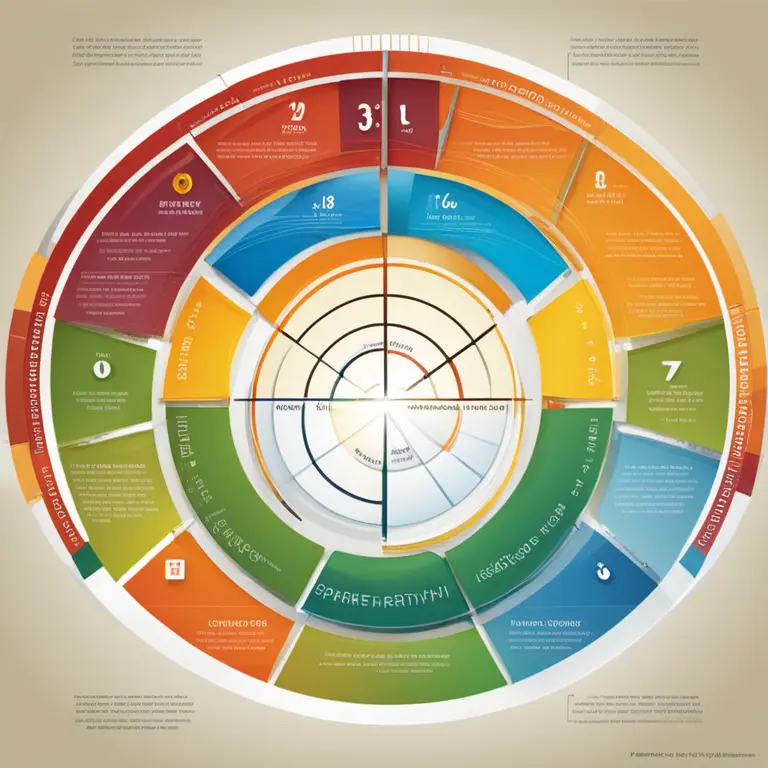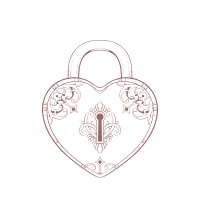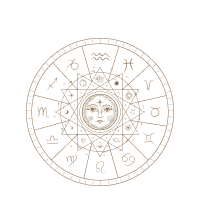
Biorhythm Cycles: Mapping Your Life's Natural Rhythms
Delve into the intriguing world of biorhythm cycles to discover how your physical, emotional, and intellectual energies weave the tapestry of your daily life.
article by Adrian Wallace
Introduction to Biorhythm Cycles
Biorhythm theory operates on the premise that our daily lives are significantly affected by rhythmic cycles. According to this concept, there are three primary biorhythms: physical, emotional, and intellectual, each operating on a different schedule. Starting from the day of our birth, these cycles wax and wane, shaping our experiences and capacities in various facets of life. In this article, we will delve into the intricacies of each cycle and discuss how they potentially influence our overall well-being.

Physical Biorhythm Cycle
The physical biorhythm follows a 23-day cycle and concerns our vitality, strength, and overall physical condition. High phases of this cycle denote times of increased stamina and potential for physical activity, while low phases suggest periods of rest and recuperation might be beneficial. Understanding your physical biorhythm can be instrumental for athletes, fitness enthusiasts, or anyone looking to optimize their physical health.

Emotional Biorhythm Cycle
Spanning a 28-day cycle, the emotional biorhythm governs our mood, feelings, creativity, and affective states. When this cycle is peaking, we tend to feel more upbeat, empathetic, and emotionally resilient. When it dips, we may experience moodiness or a reduced capacity for dealing with emotional stress. Tracking this cycle could be of immense interest to individuals aiming to enhance their interpersonal relationships and emotional intelligence.

Intellectual Biorhythm Cycle
The intellectual biorhythm lasts for a 33-day cycle and influences cognitive functions like analysis, learning, memory, and logical reasoning. A high point in this cycle supports mental acuity and problem-solving abilities, whereas a low point could mean it's a time best suited for routine tasks rather than complex decision-making. This information can be especially valuable for students, professionals, and anyone looking to maximize their intellectual output.
Interpreting Your Biorhythm Chart
With the advent of modern technology, individuals can now easily generate personal biorhythm charts using online calculators and applications. These tools typically require nothing more than your birth date to produce a visual representation of your cycles, which can be used to make predictions or plan out future activities in alignment with your natural rhythms. Adopting this method may serve as a guide for personal development and optimized performance.
Biorhythms in the Modern Age
While biorhythms have been a topic of interest since the early 1900s, it's only in recent decades that they've seen a resurgence, especially with the rise of wellness culture. Despite mixed scientific reviews, many individuals in 2024 and beyond turn to these cycles as a holistic approach to wellness, seeking harmony between body, mind, and emotions. It underscores a preference for natural cycles and personal rhythms in an ever-accelerating world.
The Future of Biorhythmic Studies
As more people seek personalized health and lifestyle strategies, the study of biorhythms continues to evolve. Ongoing research and anecdotal evidence suggest that our understanding of these cycles could lead to more sophisticated applications, possibly integrating with biometric technology to further personalize health and well-being programs. With a forward-looking approach, we may be on the cusp of a new age in personal and preventative health care.
Published: 1/30/2024
Modified: 1/30/2024
More predictions
Come back here soon to learn more about yourself and your future


Sync Your Cycles for Harmony With Biorhythms
Delve into the synchronization of personal biorhythms to enhance relationship compatibility and understand its role in fostering deeper connections.


The Rhythms Concept: A Guide to Biorhythms
Discover the intriguing concept of biorhythms: the cyclic patterns influencing our physical, emotional, and intellectual states.


A Guide to Biorhythms Journey
Embark on a journey of self-discovery through the science of biorhythms to optimize your life's potential.